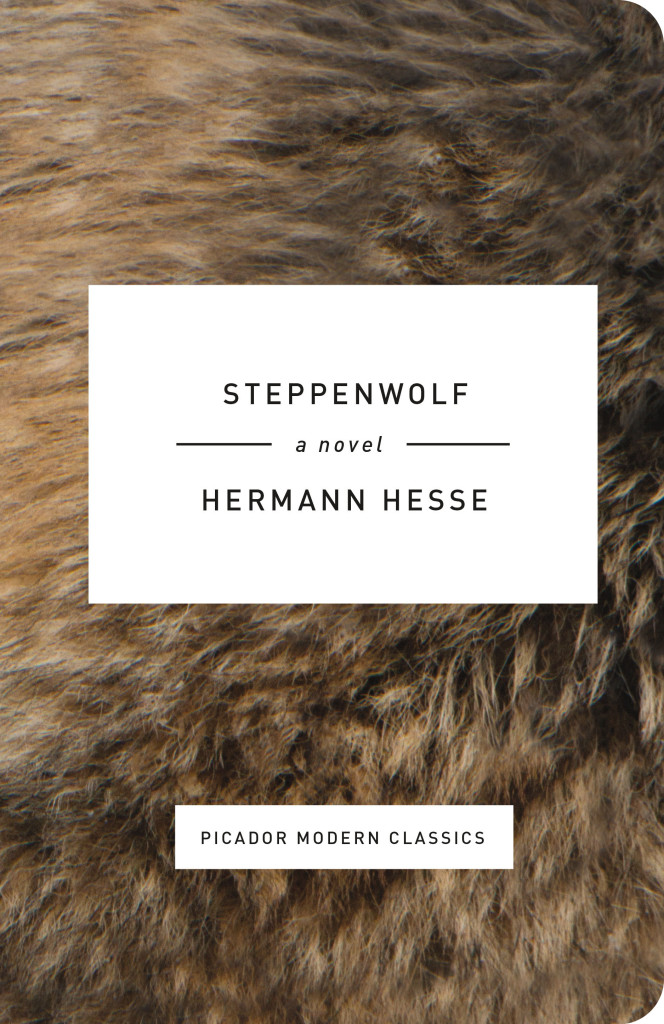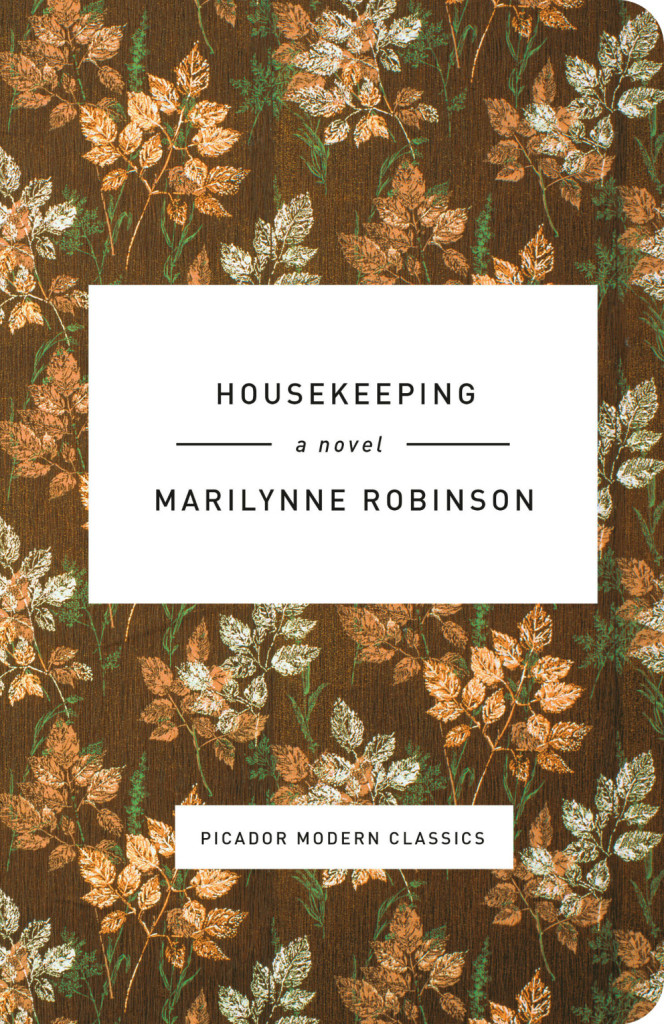It somehow seems terribly appropriate that I spent the week Apple unveiled the iPad battling with problems with my own PC laptop (*sigh*) and missed a lot of the excitement.
Even at the best of times, I am usually at least a day behind the news cycle, and so not for the first time, I thought I’d write a post as a way to get myself up to speed over the weekend. But, just when I started to think I had a handle on it all, I got sideswiped by the not unrelated kerfuffle between Macmillan and Amazon… (*sigh*)
Needless to say, things are happening at a frightening pace and so this post will probably be out of date even before it is live. It should also go without saying — although I’d better say it anyway — that any opinions expressed here are my own, not those of my employer…
So, as I was saying, Apple launched the iPad and iBooks store.
Many in the tech crowd — who were apparently expecting Jesus 2.0 — were, unsurprisingly, a little disappointed by the name and the lack of features such as multitasking, Flash, and a camera.
But, even if you don’t accept that disappointment is the condition of our age, the loquacious Stephen Fry pointed out that many the same critics were also underwhelmed by the iPhone and look how that turned out:
[E]ven if they couldn’t see that three billion apps would be downloaded in two years… could they not see that this device was gorgeous, beautifully made, very powerful and capable of development into something extraordinary? I see those qualities in the iPad. Like the first iPhone, iPad 1.0 is a John the Baptist preparing the way of what is to come, but also like iPhone 1.0 (and Jokanaan himself too come to that) iPad 1.0 is still fantastic enough in its own right to be classed as a stunningly exciting object, one that you will want now and one that will not be matched this year by any company.
Fry believes (and rightly I think) that the big impact of iPad will be on the media and the way we consume it:
[I]t is a whole new kind of device. And it will change so much. Newspapers, magazines, literature, academic textbooks, brochures, fliers and pamphlets are going to be transformed.
Ivor Tossell makes a similar point in today’s The Globe and Mail. According to Tossell, the iPad will essentially be used to “piss away time on the Internet”:
[S]o now we have a tablet that’s perfect for the couch, and the restaurant table, and the party, and the lecture hall; for reading in the bathroom, for floating in space, and possibly for using in the space-bathroom. Who knows – the future is grand… The question, in the end, isn’t whether you want to spend hundreds of dollars on a new tablet computer. It’s about whether you really want the Internet lying around the house like that.
Of course, this is not news to book folk. I think we have always seen e-readers as a new way to read in the bath.
Nevertheless, the iPad’s sleek design, intuitive interface, and startling low starting price of $499 USD, make it welcome alternative to Amazon’s somewhat ‘fugly’ Kindle. Mashable (although they were not alone) were quick to give reasons why the Kindle is Dead (while others have been equally quick explain why it isn’t).
And then there is the iBooks store. Not only does it support e-Pub, but most of major publishing houses — Penguin, HarperCollins, Simon & Schuster, Macmillan and Hachette (although notably NOT Random House) — have signed up. As Sarah Weiman noted at Daily Finance :
If it wasn’t clear that iPad and iBooks are two shots across the bow of Amazon’s…. Kindle e-reader, Jobs’s left-handed compliments drove the point home: “Amazon has done a great job of pioneering this….We’re going to stand on their shoulders”
It has, of course, been something of an open, if largely misunderstood, secret that publishers are not happy with Amazon pressuring them on prices, discounts, and marketing dollars (although I’m not quite sure anyone expected Steve Jobs to say it aloud) and so it is not surprising that publishers are embracing the iPad. But, with apps for the kindle, better terms for self-published authors, and persistently loud (if vague) announcements about sales, Amazon had clearly been preparing for this moment for some time.
It was still a shock however, when after a disagreement of pricing and terms, Amazon (briefly) upped the stakes even further by withdrawing both print and digital titles published by Macmillan from their site. That Macmillan was coincidentally one of the publishers signed up for iBooks was not lost on people.
As Cory Doctorow notes at BoingBoing, Macmillan were not blameless, but Amazon — perhaps fearing a PR disaster after Macmillan CEO John Sargent went public — quickly capitulated (albeit grudgingly and, as Fast Company and Moby Lives noted, somewhat disingenuously) and things are beginning to quieten down, at least for now.
Others — notably Andrew Wheeler (a braver soul than me), the indefatigable Sarah Weinman, and author John Scalzi (another brave soul), not to mention the mainstream media et al — have done a far better job of unpacking this farrago than I could, especially since I have to be somewhat guarded in what I say. I’m just going to end by saying that this fight was probably inevitable — predictable even — but, if nothing else, this is surely a sign of things to come…
Update:
For more of the industry nitty-gritty and some (estimated) numbers around the Amazon-Macmillan disagreement, Mike Shatzkin’s post on the subject is also worth reading…
Update 2:
Two things:
One, if I was going to rewrite the part of this post about Amazon (heaven help me), I would say — and say early — that despite all of the complaints about Amazon, they are good at selling stuff. Publishers like Amazon’s sales figures and relatively low return rates. If Amazon were just rubbish, this wouldn’t be half as complicated as it is…
Two, I wanted to post this from Bobby Solomon’s blog Kitsune Noir on the iPad:
For those who are disappointed by it, who think it’s a rehash of the iPhone, I honestly feel bad for you. I know it doesn’t cook you toast, and I know you wanted it to have lasers, but you’re completely overlooking the fact that no one else on Earth could make a device anything like this. Please prove me wrong, I would love to see some competition on this device… P.S. They could call it the iDouche for all I care, if it’s amazing who gives a rip?
Like this:
Like Loading...









